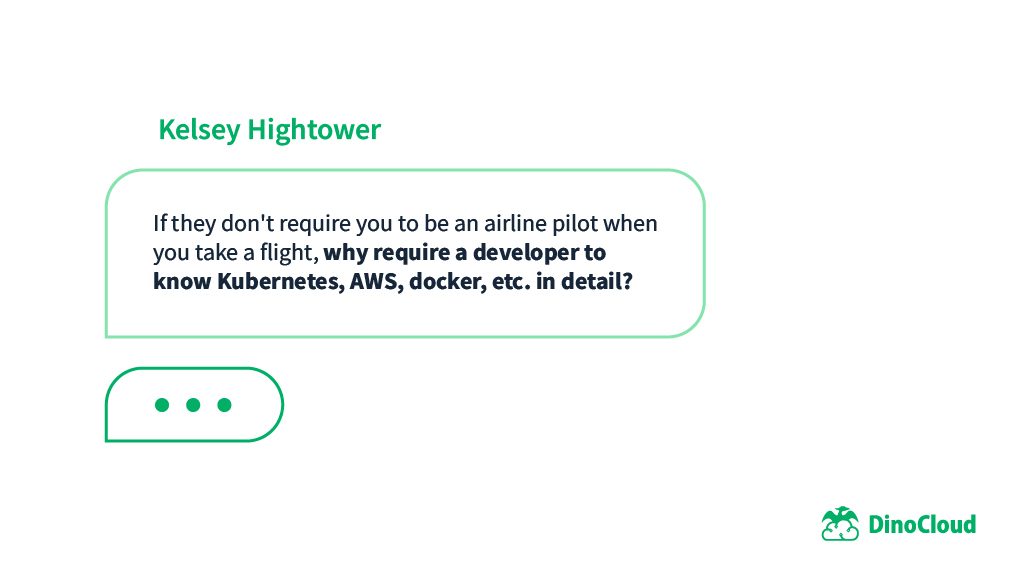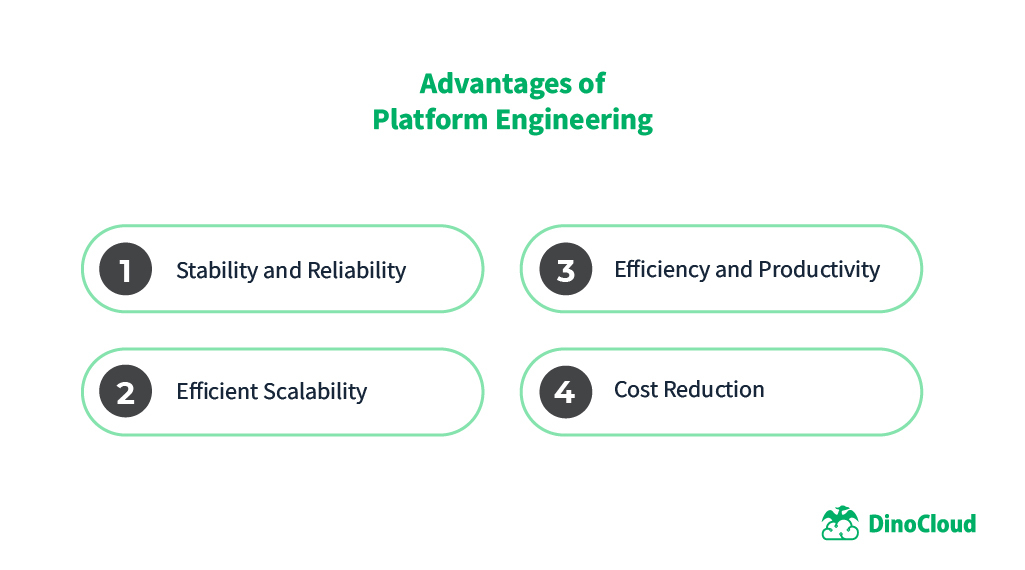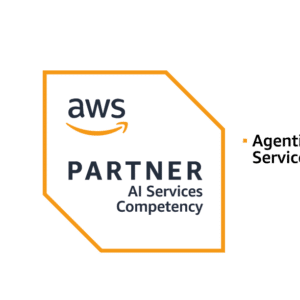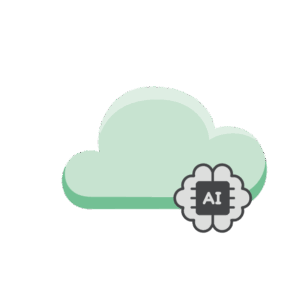
By Damian Gonzalez / Lead Solution Architect
A few years ago, development and operations teams had to deal with different technologies repeatedly to move a project forward. In this technological maze, a quiet hero emerged, Platform Engineering, which unified how software engineers deliver value to our customers and paved the way for a more innovative, secure, and efficient future.
In an increasingly interconnected and digital world, we were confident that technology was advancing by leaps and bounds. However, a challenge arose with the rapid growth of applications and LOS services: maintaining the stability, scalability, and efficiency of technology platforms. In response to this challenge, the concept of Platform Engineering emerged, a discipline that became fundamental to building and maintaining the foundations upon which technological innovations rest.
Although this discipline arrived to solve these problems, its development and consolidation implied a winding road, and from its beginnings to the present, it went through several stages.
Unstable foundations
In the early days of the digital revolution, each development team created its environment, and the operations team managed the infrastructure. While this worked for a while, the advent of cloud technologies, Docker, and microservices highlighted the problems with this methodology. Knowledge silos were stressed, and value delivery to the customer grew slower.
The rise of DevOps and the push of Lean Startup ideas helped change the concept of silos to more interconnected teams, which sought to break this outdated mindset within organizations.
Beyond the improvement that this new approach represented, as the complexity of the applications increased, the time, resources, and costs required to maintain them skyrocketed, threatening to sink the business.
In search for efficiency
Amid the technological chaos, some visionaries began to think of a solution to this problem. They recognized the need for a common, reusable, and standardized architecture that could provide a solid foundation for all applications. There, the concept of Platform Engineering came to be, aiming to unify infrastructures and tools to optimize software development and deployment. Along with the Platform Engineering concept, the “platform,” “tooling,” or “foundation” team emerged to take on this epic challenge.
The Technological Web
This new team immersed itself in the creation of a robust platform. They immediately noticed that, to achieve high scalability, applying the concept of “you build it, you run it” was mandatory. Still, it implied a great job of abstracting all the areas involved in modern software delivery (security, observability, DevOps, monitoring, Cloud, etc.).

This problem could be explained by quoting Kelsey Hightower: “If they don’t require you to be an airline pilot when you take a flight, why require a developer to know Kubernetes, AWS, docker, etc. in detail?” With this in mind, they designed a technological spider’s web ranging from resource management to process automation. They integrated monitoring tools to gain visibility and ensure optimal performance, always focused on security end-to-end and quality as a standard.
After battling day and night with these problems, a product for internal use was born to solve these problems: Internal Developer Platform (IPD). This internal product seeks a self-service of tech services to accelerate software delivery to customers, among other things.
Revolution in the technological ecosystem

The magic of Platform Engineering began to pay off. The advantages became evident:
- Stability and Reliability: The centralized platform allowed tighter control over the components, reducing errors and increasing system reliability.
- Efficient Scalability: The modular and scalable architecture allowed for growth on demand without sacrificing performance.
- Efficiency and Productivity: The standardization of processes and tools accelerated the development and deployment of applications, freeing up time for innovation.
- Cost Reduction: The reuse of components and the optimization of resources reduced operating and infrastructure costs.
The Legacy
Over time, Platform Engineering became the mainstay of modern technological operations. His legacy lives on in the industry, driving digital transformation and enabling companies to meet future challenges with a solid foundation.
Thus concludes the story of the birth of Platform Engineering. I hope it sheds some light on a concept often kept in the dark. Thanks to its focus on efficiency, scalability, and stability, companies can successfully meet the challenges of the digital era, driving innovation and delivering increasingly outstanding solutions to their users in record time.
Further bibliography
If you want to learn more, I recommend you to refer to these sources that I took as a reference:
- Lean Startup by Eric Ries
- Team Topologies Matthew Skelton and Manuel Pais
- The DevOps handbook
- https://platformengineering.org/
- https://internaldeveloperplatform.org/
LinkedIn: https://www.linkedin.com/company/dinocloud
Twitter: https://twitter.com/dinocloud_
Instagram: @dinocloud_
Youtube: https://www.youtube.com/c/DinoCloudConsulting



